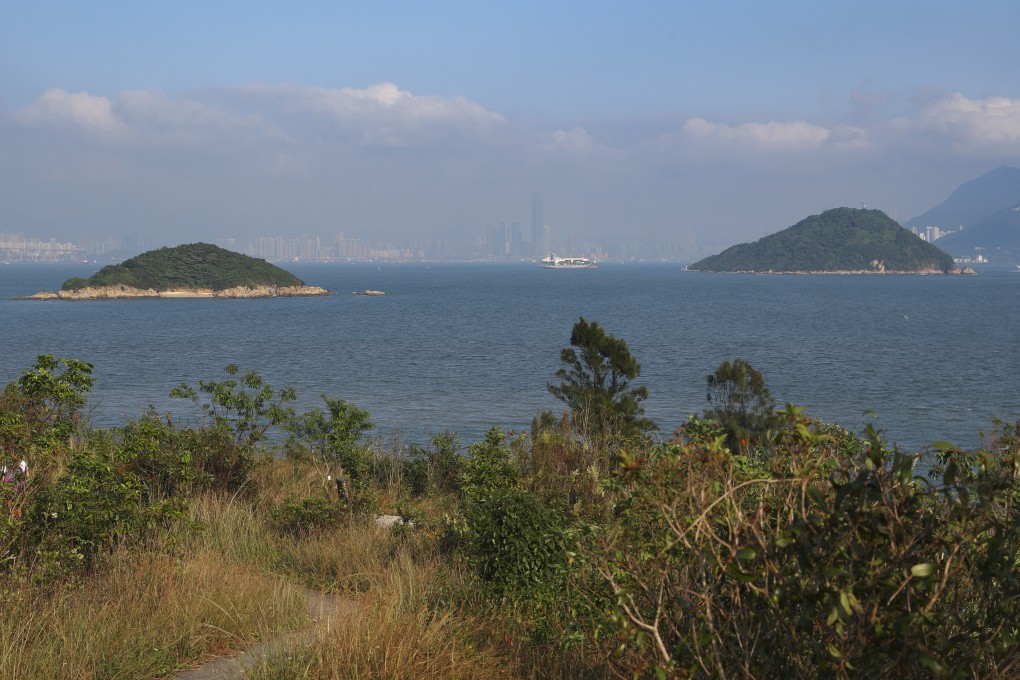Opinion | Coronavirus, stalling economy and ageing population should force Hong Kong to rethink Lantau Tomorrow
- The city’s finances are under strain, with the pandemic devastating an economy already braced for population ageing and rising public spending
- Government projections of sizeable returns on the Lantau development are also a contrast with other less-rosy forecasts

According to government projections, 1,700 hectares would be reclaimed beyond the east coast of Lantau Island. The first phase of the project would focus on building artificial islands around Kau Yi Chau (formerly referred to as the East Lantau Metropolis).
This would yield 1,000 hectares that planners hoped could become Hong Kong’s third central business district, after Central and Kowloon East. The entire project is expected to provide 260,000 to 400,000 homes for more than 1.3 million people.
The grand project is anticipated to boost employment fivefold, from the current 120,000 jobs on Lantau to about 600,000, offering opportunities to many, from skilled professionals to construction workers, for years to come.
In March 2019, after a year of feasibility and fiscal studies, the government put a price tag on the massive reclamation project of HK$624 billion, which was roughly half of Hong Kong’s fiscal reserves then of HK$1.16 trillion.
